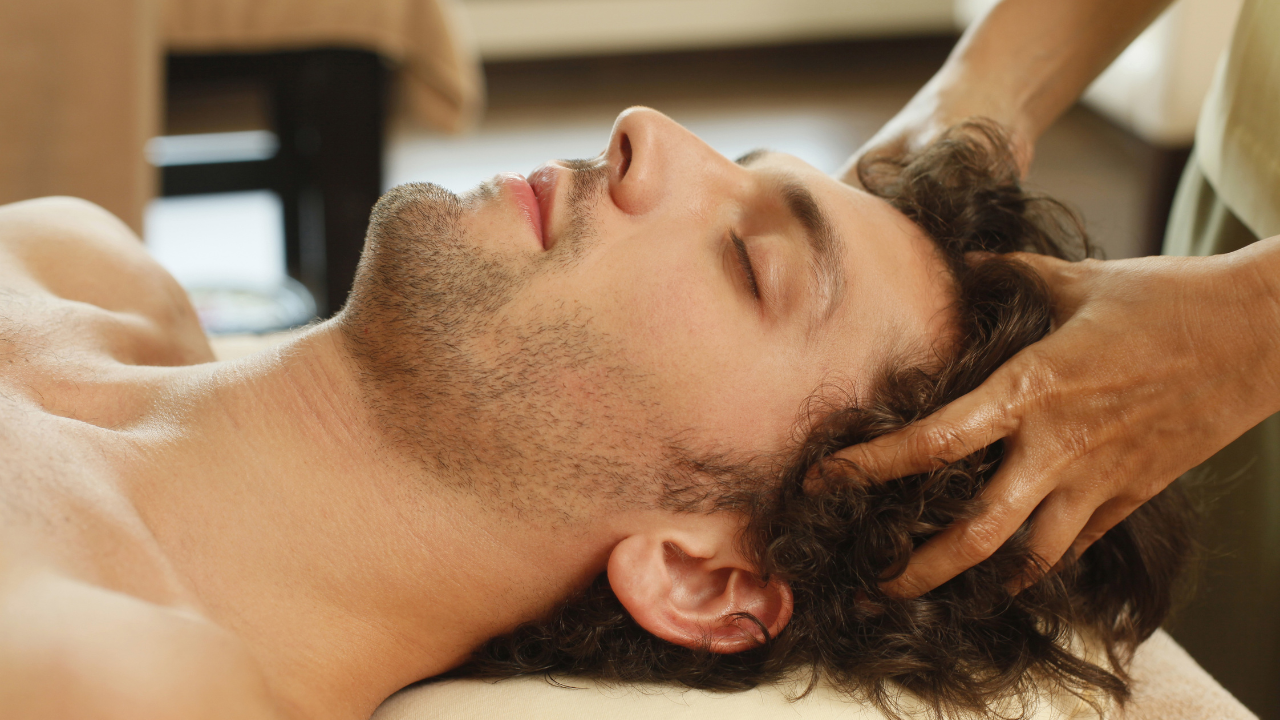Releasing your Fascia: What, Why, How?
Lynne Fugard, our Restorative and Yin/Yang Yoga Teacher shares six of her tips for easy home massage using simple props, such as the humble Tennis ball...
Self-myofascial release (SMR) is a technique of self-massage that uses props such as blocks, balls, and foam rollers to work into the web of connective tissues (fascia) that surround, connect, support and separate every cell, tissue and organ in our bodies. Comprising a single network that reaches through us from head to toe, healthy fascia ensures that our muscles, bones, ligaments and tendons are correctly aligned and bound together whilst allowing these structures to move smoothly and freely over, around and with one another.
As we move and live in our bodies however, portions of our fascia inevitably become overly dense, knotted and rigid. These adhesion's or densifications impede full range and efficiency of movement, resulting in that familiar feeling of tightness, tension, and inflexibility, or even causing chronic pain, discomfort and injury.
Finding that SMR helps to maintain healthy fascia thereby preventing such injuries, The National Academy of Sports Medicine has additionally concluded that myofascial release:
Aids optimal balance between flexibility and strength in muscles
Improves range of motion, flexibility and freedom of movement in the joints
Relieves and relaxes sore, tight, tense and knotted muscles
Enhances circulation to the muscles, aiding recovery.
I’ve previously written about the transformational benefits of Yin Yoga for releasing into the fascial network, and in my own practice and classes I often combine yin positions with elements of prop-supported myofascial release to really reap these benefits. The below sequence therefore combines yin yoga poses with just a few of many possible SMR techniques to ease into those spots where we often carry tension. These poses are specifically designed to work into the fascia at the back of our bodies from head to toe, to leave you feeling lithe, relaxed and comfortable in your body. Enjoy!
6 Easy Fascial Release Postures:
1. Base of the skull release with a block (2-3 minutes)
Good for: Headaches, before a yoga practice, before sleeping.
2. Tennis balls under the back (5-10 minutes, or as required)
Good for: Tense shoulders, back pain, after exercise.
3. Tennis balls in the calves (3-5 mins)
Good for: after exercise, tight calves and hamstrings.
4. Toe Squat (2-3 mins)
Good for: flat feet, under-defined arches, over-pronating or over-supinating feet, weak ankles, runners, preventing injury.
5. Dangling (3-5 mins)
Good for: back pain, tense shoulders, tight calves and hamstrings, before sleeping, calming the nervous system.
6. Supported reclined goddess pose (5 mins)
Good for: relaxation, tense shoulders, enhancing breath capacity, stress-relief.
Please check with your individual physician or health professional before trying these postures at home. Especially if you have a pre-existing injury. Always perform stretches with care and a mindful awareness of your body.
Join Lynne for
Restorative Yin Yoga on Wednesdays 19.30-20.30
and
Yin/Yang Yoga on Thursdays 18.45-19.45.

















